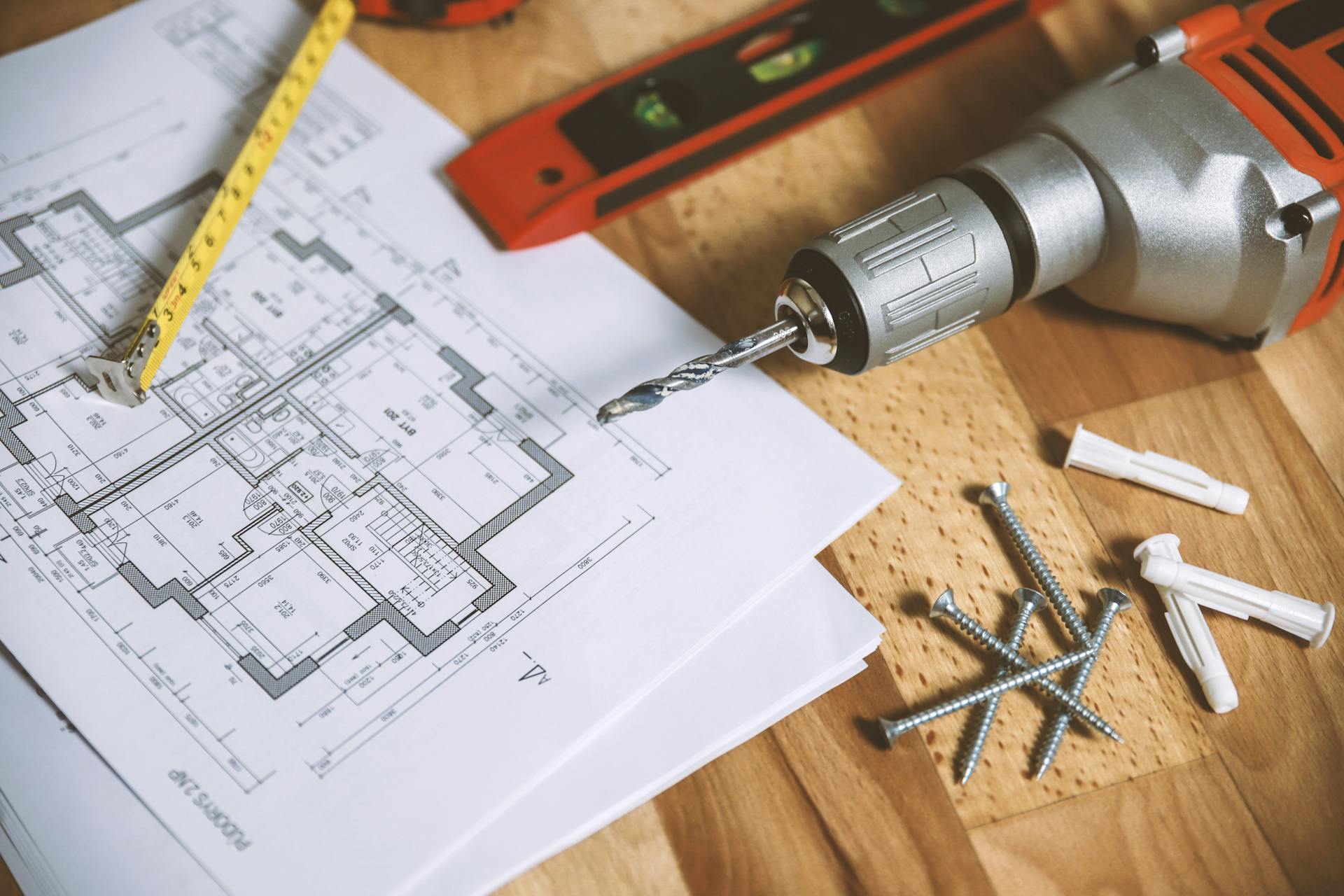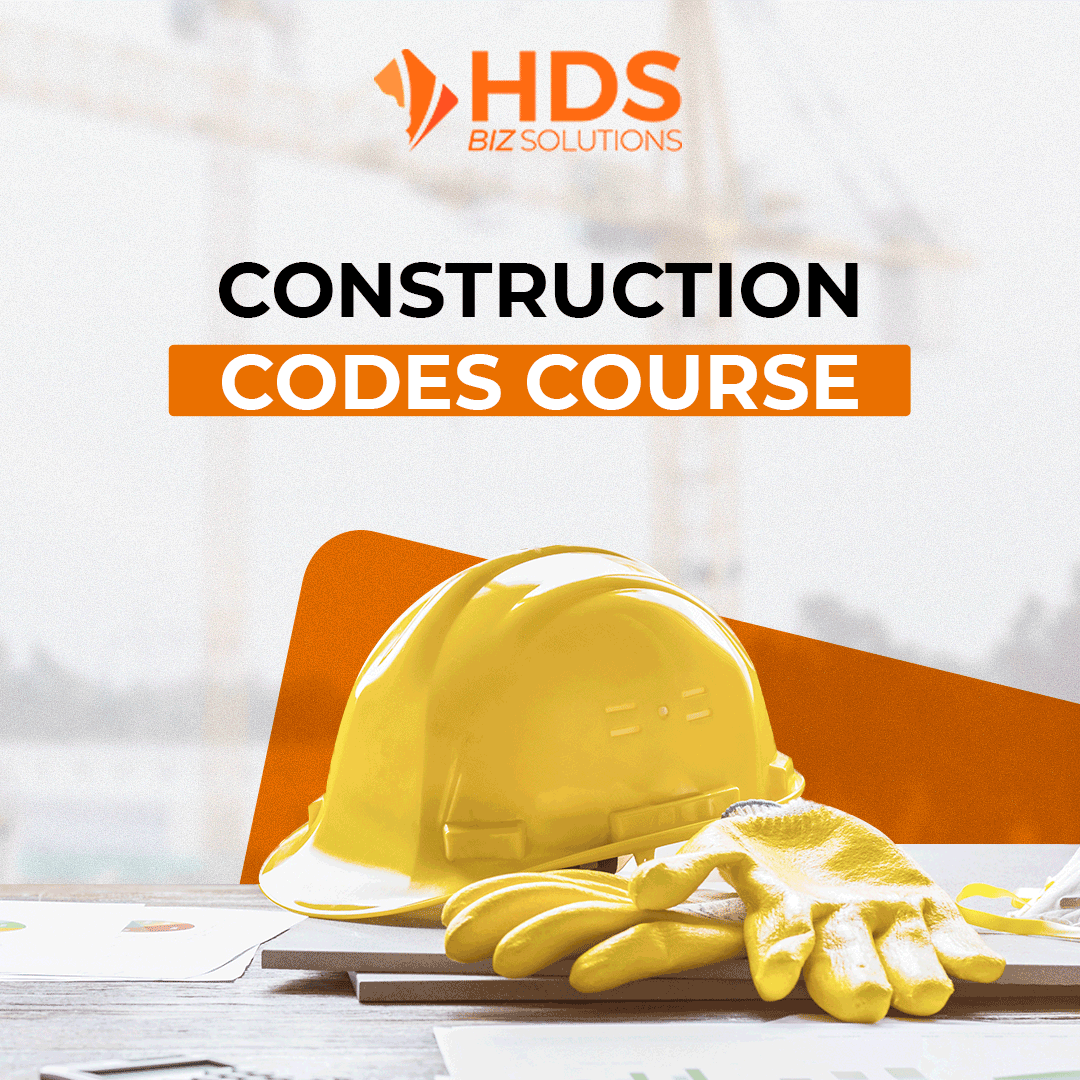
A helmet is a crucial piece of protective gear, designed to guard your head against injuries. They can be life-saving in hazardous situations. However, choosing the right helmet for your specific needs is essential because not all helmets are the same.
Let’s explore how to find the perfect helmet for you!
Class G: Ideal for General Contractors
Class G helmets are designed for general contractors in fields like construction and building maintenance. These helmets provide exceptional protection against impacts, making them suitable for a multitude of work environments. Key features often include a suspension system that absorbs the force of impacts, thereby reducing the risk of head injuries.
Class E: Perfect for electrical work.
Class E helmets are ideal for electrical work. They can withstand both impact and electrical hazards, offering protection from high and low-voltage situations. By minimizing the risks of electrical shocks and head injuries, they help ensure your safety. Their construction often involves insulation materials that protect against electromagnetic currents.
Class C: Designed for Strong Impact Resistance
Class C helmets, designed with strong impact resistance in mind, are perfect for occupations involving heavy machinery and falling tools. They are built to resist blows from dropped tools, metal fragments, and other high-impact items. Prioritizing impact protection over electrical insulation, they are suitable for industries like manufacturing, warehousing, and automotive repair.
Metal Helmet: Designed for Extreme Conditions
Metal helmets are recommended for extreme environments, like mines and underground work. Designed to withstand harsh conditions, they offer superior protection against falling objects, debris, and other hazards. Their metal construction ensures the helmet remains durable and intact even under challenging circumstances
Remember, helmets don’t last forever. They need replacing after a specific period or a significant impact event. Helmet materials can degrade over time, diminishing their protective capabilities.
Moreover, a helmet is designed to absorb the impact of a single incident. After a significant impact, its level of protection may decrease. Always follow the manufacturer’s guidelines on helmet replacement to ensure optimal safety. Visible cracks, dents, or any other damage to the helmet’s structure are tell-tale signs of the need for replacement.
Safeguard Your Well-being with the Right Helmet
Safety should always be your top priority, and choosing the ideal helmet is a crucial step towards ensuring personal protection. By understanding the different types of helmets and their intended uses, you can make an informed choice that best suits your needs.
Whether you’re in construction, electrical work, high-impact environments, or specialized professions, there’s a helmet designed to protect you from potential risks. Remember, investing in safety today safeguards your well-being tomorrow. Choose wisely, protect your most valuable asset—your head!
Elevate Your Safety Standards with Our OSHA 10 and OSHA 30 Courses
If you’re committed to workplace safety and want to equip yourself and your team with the knowledge and skills to prevent accidents and ensure compliance with occupational safety regulations, look no further!
Our OSHA 10 and OSHA 30 courses are your path to elevated safety standards and a secure work environment. Let’s work together to create a safer, more productive work environment.
Contact us today at (240)-231-0313 to start your journey to safety excellence!










